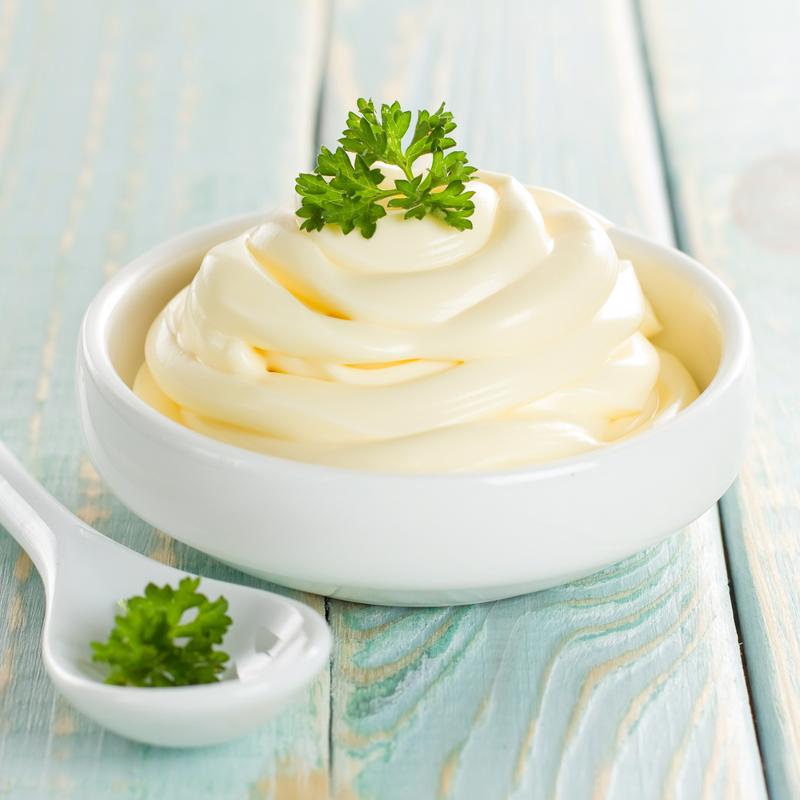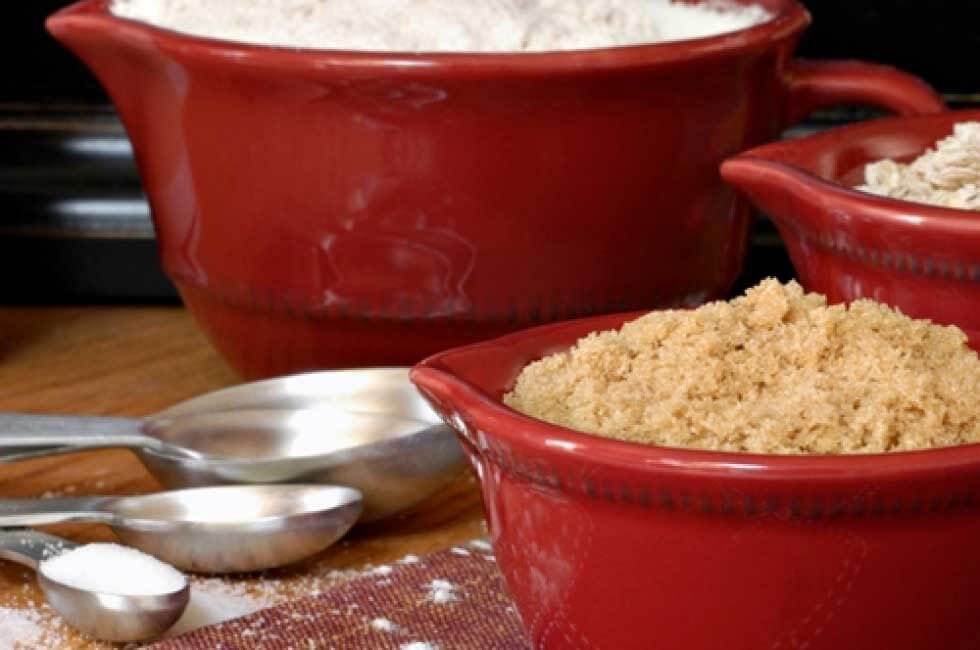Best Ingredient Substitutes For Kitchen Staples
Cooking fantastic meals is the goal of every culinary academy student, but when you’re running low on ingredients, making that recipe you’ve been itching to try is much harder. Fortunately, you can substitute some ingredients for others to produce a dish you’re proud of. Here are some kitchen staples and what to use instead:
Broth and stock
Building a sauce from scratch? Have a hankering for risotto? Broth and stock are essentials you probably have in your fridge at all times. Fortunately, you can make your own when you run out. In fact, many chefs prefer their version over store-bought varieties.
You’ll definitely have the first ingredient in broth: water. Along with that, you’ll need flavor-inducers, such as veggies and bones. If you’re using the leftover carcass from the chicken you made last night, slow cook it with water, onions, carrots and celery. For vegetable broth, simply simmer the produce of your choice.
Making stock and broth takes a while, but you’ll have flavorful liquid to use in other recipes. Additionally, learning to make broth will let you experiment with different ingredients to get a go-to stock you won’t be able to cook without.
Eggs
Certain recipes can’t use an egg substitute – hard to get stiff peaks without egg whites – but some baking is forgiving. If you’re baking brownies, cake or some other bready treat, try one of these options:
- Silken tofu: 1/4 cup for each egg.
- Mayonnaise: 3 tablespoons per egg.
- Banana and baking powder: 1/2 mashed banana and 1/2 teaspoon of baking powder per egg.
 This humble condiment can replace eggs in a pinch.
This humble condiment can replace eggs in a pinch.Flour
Making batter, thickening sauces, creating dough: Flour is an important ingredient that does so much in your kitchen. How you replace it depends on what you were planning to use it for.
Thickening
Cornstarch is a common thickening agent, so you can use that for your sauces and soups. Additionally, arrowroot powder, xantham gum and gelatin all work.
Breading
Fried chicken without the flour? Can it be done? If you have almonds around, process them until you have a flour-like consistency. This substitute adds some flavor and crunch to your breading, not to mention it packs a punch of protein.
Batter
Almond flour also works for cakes and muffins. Conversely, you can try any variety of gluten-free flours, such as coconut. Note that flourless cakes often require more eggs than normal to bind everything together. Or, to prevent your cake from tasting like eggs, pair your flour alternative with another binding agent, such as xantham gum.
Sugar
Granulated sugar is easy to swap out, but harder to match perfectly because many natural alternatives bake off. When making a sugar-free cake, for instance, you’ll need more honey, agave or molasses than you’d think just to preserve the flavor. When baking, also choose a fruit that adds plenty of taste, such as oranges, to offset the reduced sweetness.
Replacing sugar is much easier in cooking. Any of the above options can balance a spicy stir fry or offset the acidity of tomato sauce.
Olive oil
Oil comes from many sources, but olive oil is a cooking staple that’s difficult to replace. That balance of flavors, high smoke point and health aspect aren’t prevalent in alternatives. In a pinch, canola oil and butter can certainly work, especially if you’re just greasing the pan. However, for other needs, think about flavors. For instance, coconut oil complements some sweet dishes. For a smoky taste, use sesame seed oil. If choosing a healthy option is important to you, consider avocado oil.



